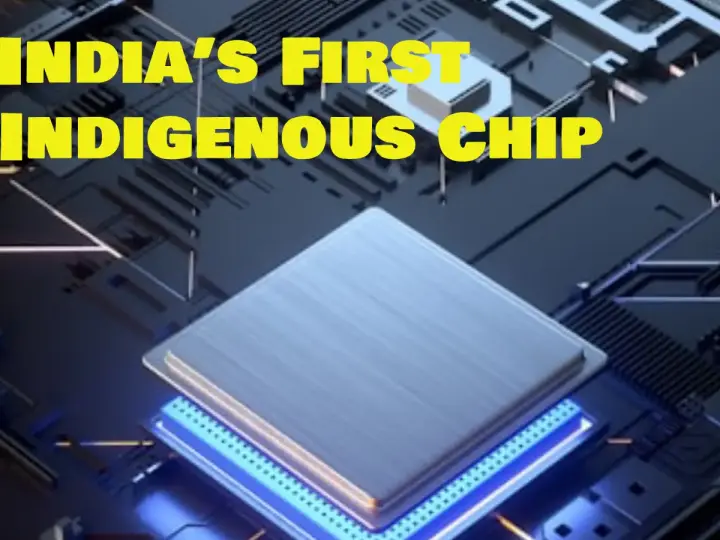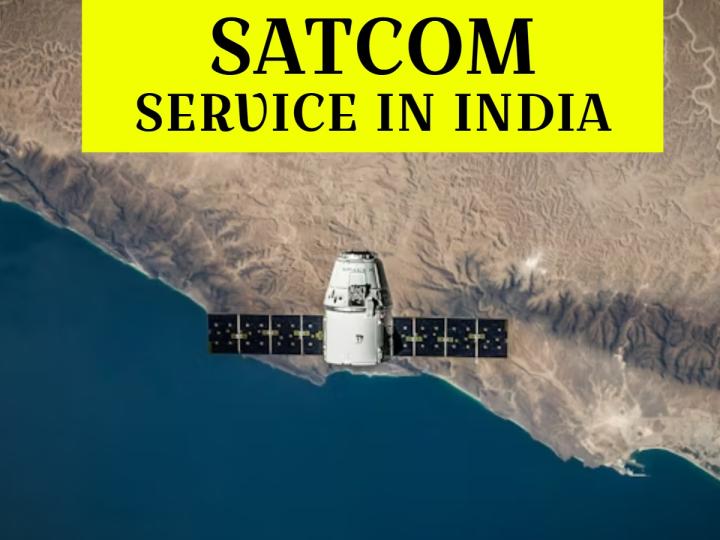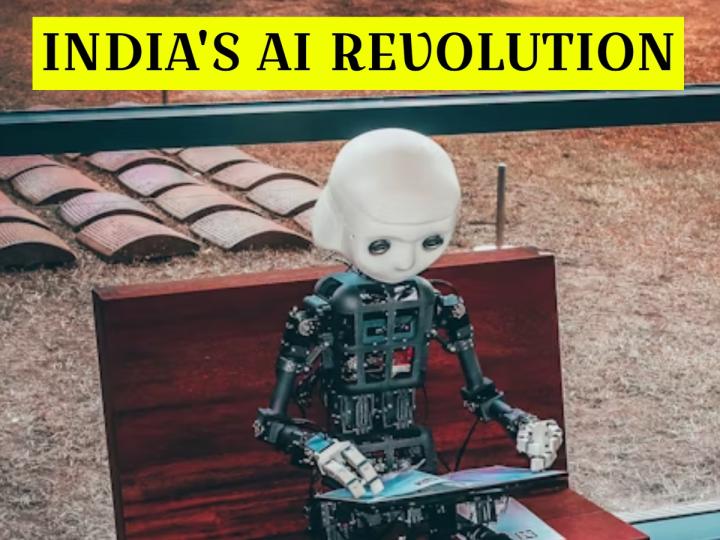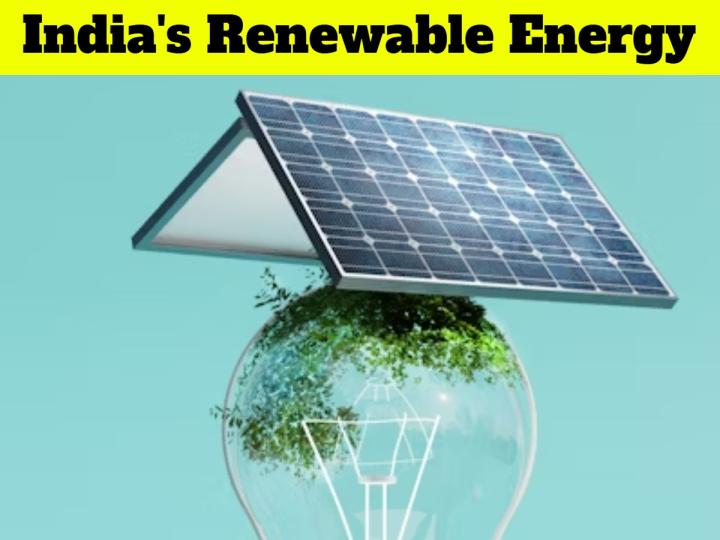
From September 2 to 4, 2025, Semicon India 2025 took place at Yashobhoomi (IICC), New Delhi, marking a defining moment in India’s semiconductor revolution.
Organized by the India Semiconductor Mission (ISM) in collaboration with SEMI, the event united policymakers, innovators, startups, and global tech leaders under the theme:
“Building the Next Semiconductor Powerhouse.”
This three-day summit showcased India’s rapid advancements in chip design, fabrication, and policy reform, strengthening its vision to become a global semiconductor hub.
Prime Minister Narendra Modi inaugurated the event, emphasizing that “chips are the new digital diamonds.”
He reaffirmed India’s commitment to becoming a trusted semiconductor manufacturing partner, not just for domestic use but for the global supply chain.
Modi linked semiconductor growth to the broader national goal of “Viksit Bharat 2047,” stating that chip innovation is essential to digital transformation and economic self-reliance.
A historic highlight of the summit was the unveiling of “Vikram,” India’s first fully indigenous 32-bit microprocessor.
Launched by Union Minister Ashwini Vaishnaw, Vikram symbolizes India’s technological independence. It was developed under the India Semiconductor Mission (ISM) with support from top research institutions.
The chip is expected to play a crucial role in defense, IoT devices, and industrial automation, marking a leap toward self-reliant chip design.
This year’s event saw record global participation, featuring 300+ companies from 18 countries.
Highlights:
Dedicated pavilions from Japan, South Korea, Singapore, and Malaysia
Strategic partnership roundtables between India and major global chipmakers
International collaboration discussions on chip supply chain resilience and AI-driven chip design
India now accounts for nearly 20 percent of global chip design engineers, and its semiconductor consumption is projected to exceed $120 billion by 2030.
The Semicon India Programme has attracted ₹76,000 crore in government investment and ₹1.6 lakh crore worth of project approvals across six states.
Approved projects include:
Semiconductor fabs in Gujarat, Tamil Nadu, and Maharashtra
Compound semiconductor units in Karnataka and Telangana
Assembly and testing facilities in Odisha and Uttar Pradesh
With full-scale production expected by the end of 2025, these initiatives will help India transition from being a semiconductor importer to a global supplier.
A major focus of Semicon India 2025 was developing a skilled workforce for the semiconductor industry.
India will require over one million chip professionals by 2030. To meet this demand, the government announced several programs, including:
“Chip In!” skilling sessions
Industry-academia collaborations with IITs, IISc, and NITs
Scholarships and certification programs for chip design and fabrication
Minister Ashwini Vaishnaw noted,
“Our greatest resource is not silicon—it’s the brilliance of Indian engineers.”
The Odisha Pavilion at the event was inaugurated by the state’s Chief Minister, showcasing Odisha’s growing role in the semiconductor ecosystem.
The pavilion highlighted investments in chip packaging and semiconductor design startups. Odisha’s participation reflects a national movement where multiple states are competing to attract semiconductor investments and create local ecosystems.
Executives from Intel, TSMC, Samsung, and Micron praised India’s semiconductor roadmap.
Panel discussions explored:
AI in chip design automation
Sustainability in semiconductor manufacturing
Global partnerships for resilient supply chains
Experts agreed that “India is no longer a spectator—it’s a participant shaping the global semiconductor future.”
With the summit concluded, focus now turns to execution. India’s next steps include:
Fast-tracking fab construction and DLI-supported design startups
Expanding semiconductor education programs
Attracting private and foreign investment in chip R&D
Analysts predict that within five years, India could emerge as one of the top five semiconductor producers globally, solidifying its position as a trusted global chip hub.
Q1. What was the theme of Semicon India 2025?
The theme was “Building the Next Semiconductor Powerhouse.” It focused on India’s journey toward becoming a global leader in semiconductor manufacturing and innovation.
Q2. What is “Vikram” in Semicon India 2025?
“Vikram” is India’s first fully indigenous 32-bit microprocessor, unveiled during the event to symbolize self-reliance in semiconductor technology.
Q3. How much investment was announced under the Semicon India Programme?
Over ₹1.6 lakh crore worth of projects were approved, backed by a ₹76,000 crore incentive program.
Q4. Which states are involved in semiconductor manufacturing?
Key states include Gujarat, Tamil Nadu, Maharashtra, Odisha, Telangana, and Karnataka.
Q5. What’s next after Semicon India 2025?
India will now focus on scaling fab production, expanding chip design initiatives, and building a skilled workforce to support the growing semiconductor ecosystem.
Semicon India 2025 marked more than just an event—it symbolized India’s arrival on the global semiconductor stage.
From the launch of the Vikram chip to international collaborations and billion-dollar investments, the summit reflected India’s readiness to lead in high-tech manufacturing.
The message was clear:
India’s semiconductor era has officially begun.
For continuous updates on India’s semiconductor policies, tech startups, and digital transformation stories, stay tuned to TrendifyBuzz.
1) India’s Manufacturing & Export Growth : Make in India & Global Supply Chain Shift
2) India’s Startup Ecosystem 2025: Unicorns, Global Funding & Innovation Trends




